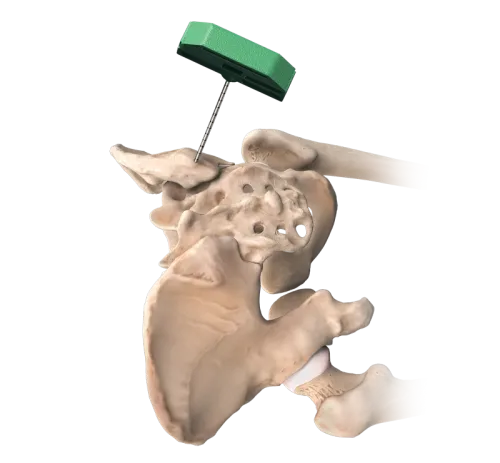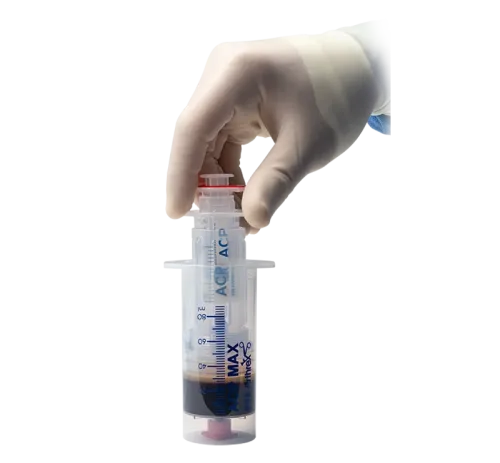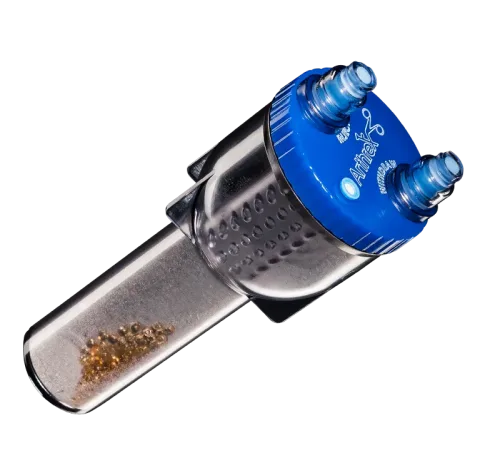-
The Angel cPRP and bone marrow processing system uses a proprietary platelet sensor and 1-button automation to deliver customized platelet-rich plasma (PRP) concentrate from bone marrow aspirate (BMA). Bone marrow is a rich source of platelets and nucleated progenitor cells. The Angel device is the only one to provide PRP concentrate from BMA with adjustable cellular levels.
-
The ACP Max™ system allows for collection of 30 mL, 60 mL, or 90 mL of whole blood for the preparation of platelet-rich plasma (PRP). Using a double-spin regimen, this buffy–coat-based system creates a PRP solution depleted of red blood cells and granulocytes, including neutrophils.1 Additional whole blood in the ACP Max PRP system encourages a more concentrated PRP solution and has the capability to create platelet concentrations up to 11 times higher than whole blood alone.1 Reference 1. Arthrex, Inc. Data on file (APT-5535). Naples, FL; 2022.
-
The Arthrex ACP double-syringe system is used to facilitate the safe and rapid preparation of autologous platelet-rich plasma (PRP) from a small sample of blood at the patient’s point of care. The PRP can be mixed with autograft and allograft bone prior to application to an orthopedic surgical site as deemed necessary by the clinical use requirements. There has been increased interest in autologous blood products for use in a number of orthopedic therapies.
-
The Angel system is the only fully automated system that utilizes 3-sensor technology (3ST) and one-button automation to prepare customized platelet-rich plasma (PRP) formulations. The Angel system has the capability to deliver platelet concentrations up to 18x baseline with adjustable leukocyte concentrations. The Angel system utilizes the principle of flow cytometry, or light absorption by cells, to achieve precise separation with reproducible results. Platelet-rich plasma may be mixed with allograft and autograft bone prior to application to an orthopedic site.
-
The Thrombinator system is designed to produce autologous serum at the point of care. This autologous serum helps improve the handling of bone grafts by activating platelets to produce a gel that serves as a binding agent for bone graft material. The Thrombinator process applies the principles of the clotting cascade to produce autologous serum without the use of harsh chemical reagents.






